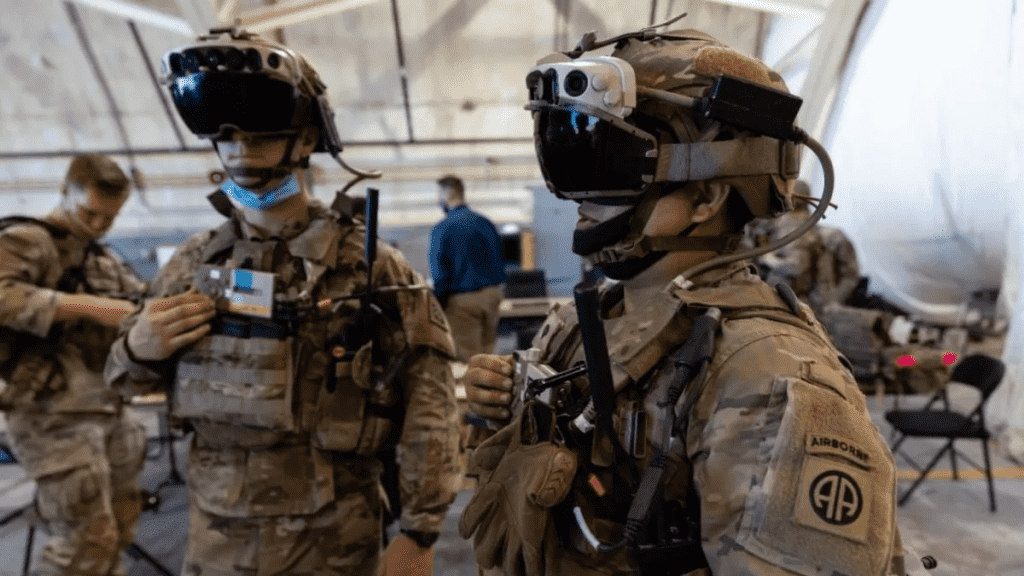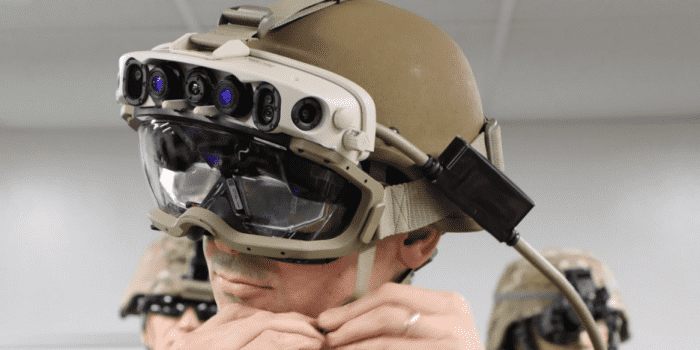The United States Army gave Microsoft a $22 billion contract in 2021 to develop HoloLens-like smart goggles for its soldiers. However, according to extracts from an Army report provided to Insider, the smart goggles failed most components of a recent Army test. In addition, one tester observed that the equipment would be dangerous for soldiers to wear.
The Integrated Visual Augmentation System (IVAS) goggles, a modified version of Microsoft’s Hololens product, cast holographic information over the visual surroundings, supposedly providing the wearer with extra data via a “heads-up display.”

Microsoft’s cloud computing platform can enable night and thermal vision, tactical edge computing, situational awareness, and passive targeting.
However, user testimony is extremely crucial: “The devices would have gotten us killed,” one user said, since the light created by the goggles, when activated, may notify enemy soldiers of the user’s location.

This glow could be seen from hundreds of meters away, and the device reduced peripheral vision while also being bulky enough to hamper movement.
According to Insider, an “operational demo” of the devices failed in four of six events, yet the US military still deems it a success.
“The emerging results indicate that the program succeeded in most of the Army evaluation criteria,” Brigadier General Christopher D. Schneider said.

“However, the results also identified areas where IVAS fell short and needs additional improvements, which the Army will address.”
The military has ordered 5000 units of Microsoft’s IVAS system this month, with another 5000 expected to arrive in 2023.
However, the headset has already undergone two redesigns, with a third planned before deployment.

“We don’t want to rush IVAS to the field until it’s ready,” said Brigadier General Schneider.
Microsoft’s IVAS was postponed in December 2021 because it was “not combat ready” due to reservations about moisture protection, heads-up display (HUD) calibration issues, and other field testing concerns.


